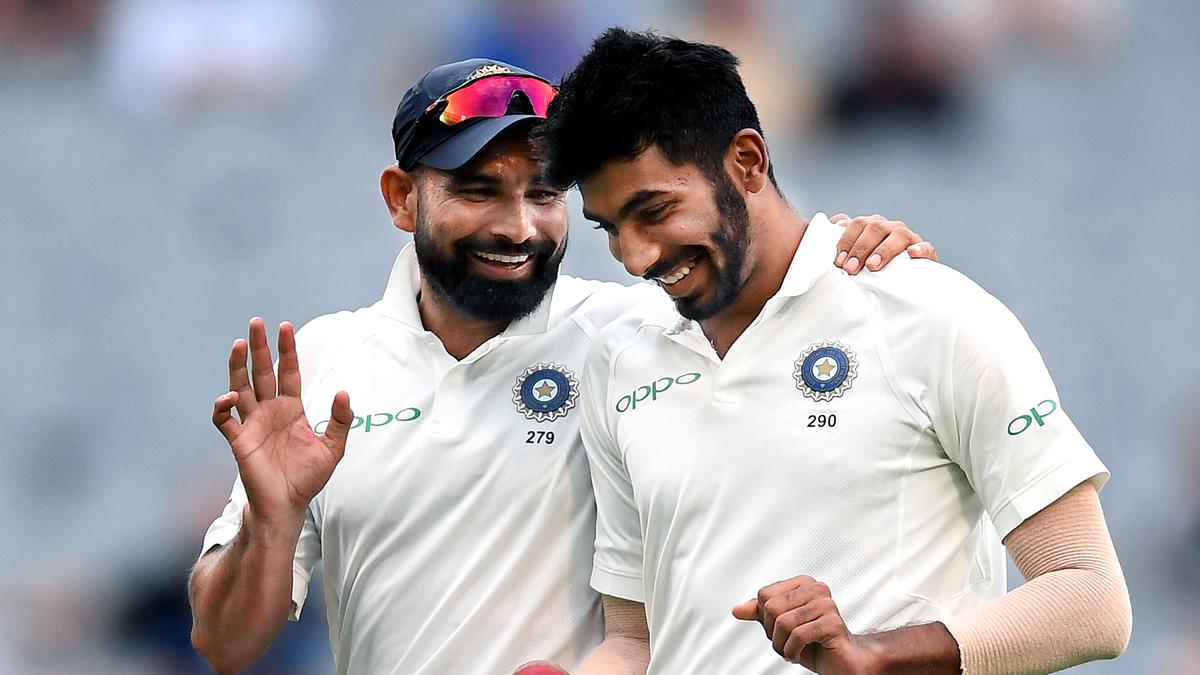
On the fast lane: onus on India’s pace resources to deliver in Australia Premium
The Hindu
Experience the rich history and evolution of Test cricket in Australia through the lens of India's pace attack.
The mention of Test cricket in Australia, at once, unlocks a rush of vivid images and memories from childhood. For those of us who would unfailingly wake up before sunrise in India to catch the action without missing a beat, the visuals beamed on television were unlike anything anywhere in the world.
From the lush outfields dotted with seagulls and pigeons while the cricket was on to the large stadiums with long boundaries, from fielders catching the ball with their fingers pointing to the sky to the inverted score that read 3/20 rather than 20/3, from the soothing voice of Richie Benaud and the child-like excitement of Tony Greig on the Channel Nine telecast to the sound of the ball thudding into the hard surface and hitting the bat, the experiences were all new and immersive, leaving a deep impression that enriched your love for the traditional format.
A prominent part of this visceral experience was the pace and bounce on view. It was relayed even before a ball was bowled simply by how far back the wicketkeeper and the slip catchers would position themselves. When the ball was delivered, it often whirred past the batter’s head, and tales of yore of how Jeff Thomson’s bumper once reached the boundary on one bounce would be passed on from old-timers.
Spin could also entrap the batter and enchant the viewer as Shane Warne showed with unmatched smarts and flamboyance, but it quickly became apparent that success over sustained periods in Australia mandated a pace attack with skill, strength and stamina.
India’s own trajectory over the past two decades Down Under illustrates that. From being competitive in 2003-04 and 2007-08 to suffering a rout in 2011-12 to finally celebrating series victories in 2018-19 and 2020-21, the pace attacks that India has had for these tours go a fair way towards making sense of the results.
In 2018-19, the foundation of India’s historic triumph lay in its pace attack going as far as outbowling its Australian counterpart, no mean feat considering the individual and collective brilliance of Mitchell Starc, Josh Hazlewood and Pat Cummins.
Jasprit Bumrah, on his maiden Test tour of Australia, finished as the joint-highest wicket-taker of the series with 21 scalps at an unrivalled strike rate of 44.90 while Mohammed Shami and Ishant Sharma played excellent supporting roles with 16 and 11 wickets respectively. In contrast, it was off-spinner Nathan Lyon who led the way for the Aussies with 21 wickets. The honours were shared almost evenly among the pace trio — Cummins took 14 and Starc and Hazlewood 13 each — but they weren’t quite at their best to find a way past Cheteshwar Pujara and company.











